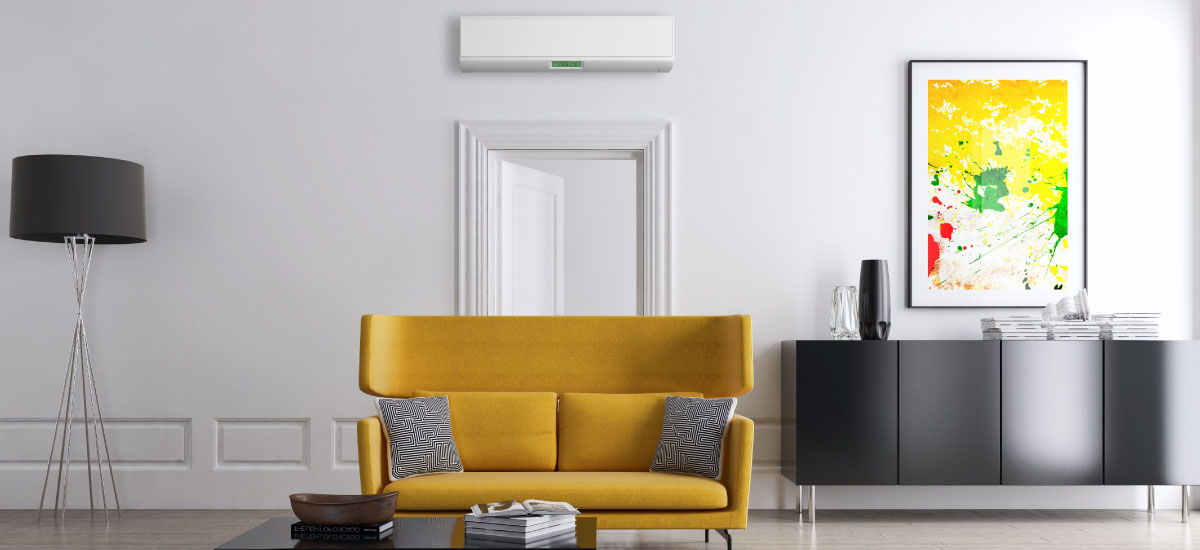Advanced Comfort Control4.8 / 5
117 Total Reviews /files/ACC-logo-MD.png530-254-6571$470-755 County Rd. A3, Standish CA
Mini Split Heat Pumps have incredible efficiency, are long-lasting and an affordable solution for zoned air conditioning and heating in your home. The unique design of a mini split system allows for installations in older remodeled homes as well as new construction.
In the winter, a mini split draws heat from the outside air and circulates it into your home. In the summer, it reverses the process and draws heat from your interior air and releases it outdoors. Mini Splits also dehumidify the indoor air as it cools it.
The mini split serves as an air conditioner by absorbing heat from indoor air and pumping it outdoors. These systems contain an indoor coil which, in turn, contains a very cold liquid refrigerant. As indoor air passes over the indoor coil, the refrigerant-cooled coil absorbs heat from the air and so quickly cools that air. The cooled air cannot hold as much moisture as it did at a higher temperature. The excess moisture condenses on the outside of the coil, resulting in the dehumidification of the air. The cooled, dehumidified air is then forced (by a fan) to circulate throughout the space.
Practically every week, on of our heat pump specialists arrives on a repair call only to find out that the problem was simple and might have been easily corrected by the owner. Before you call us, check these items to ensure you really need our professional services:

At the same time, the absorption of heat by the refrigerant turns the refrigerant from a liquid into a vapor. A compressor pumps the heat laden vapor through a vapor line to an outdoor coil which discharges the heat extracted from the indoor air. As the heat is discharged, the vapor is cooled and changes back into a liquid refrigerant. The refrigerant is then pumped back through a liquid line to the indoor coil and the cycle is repeated.